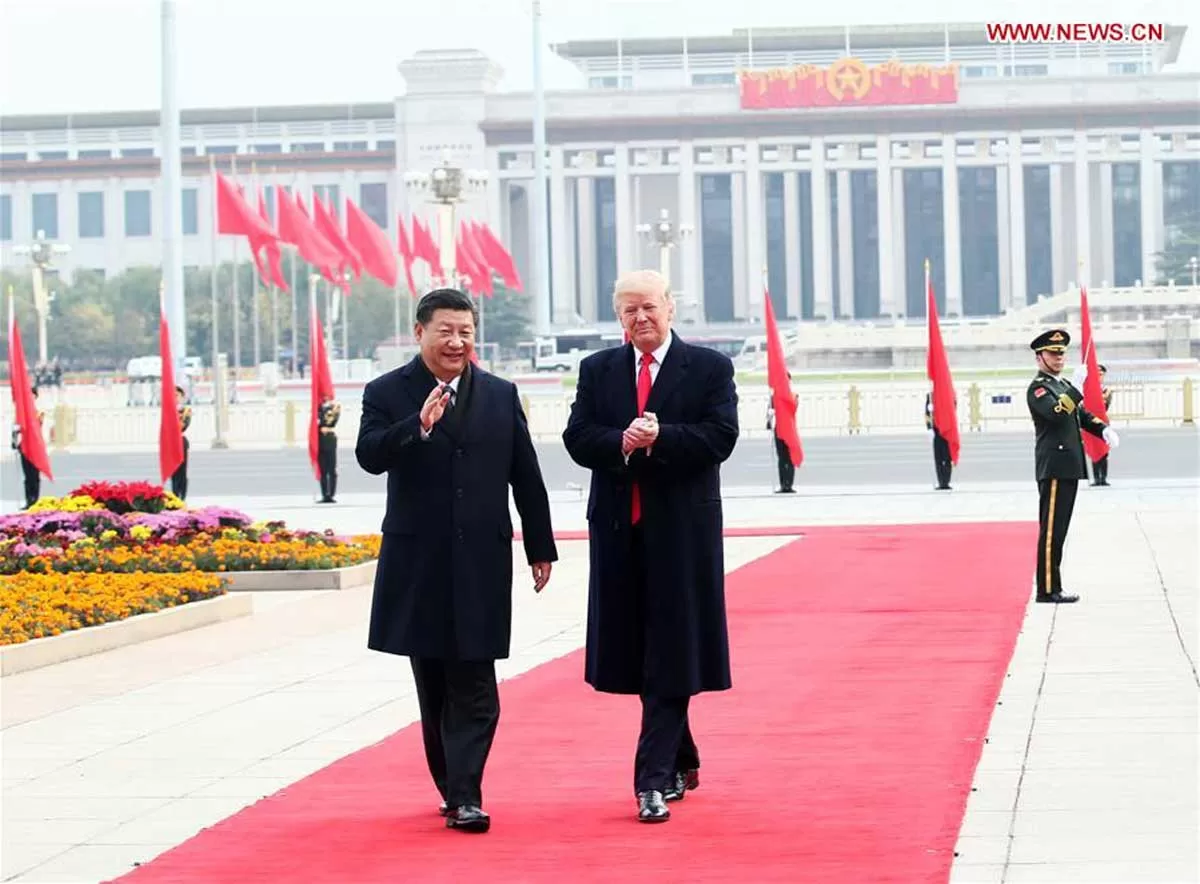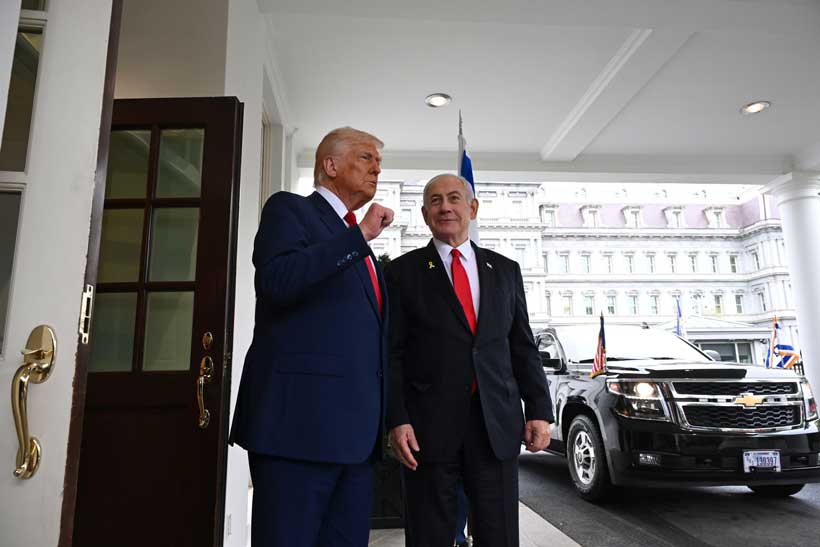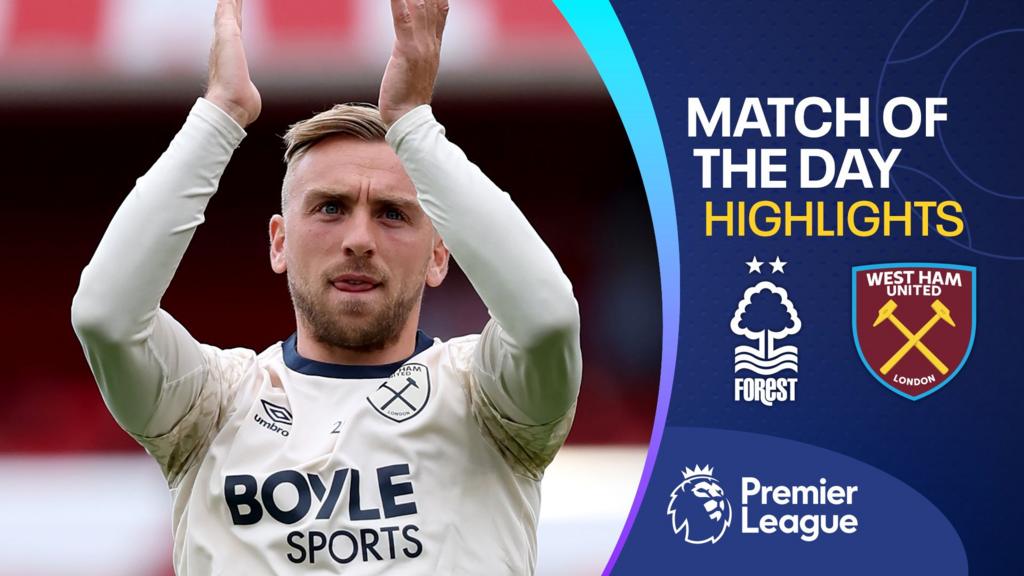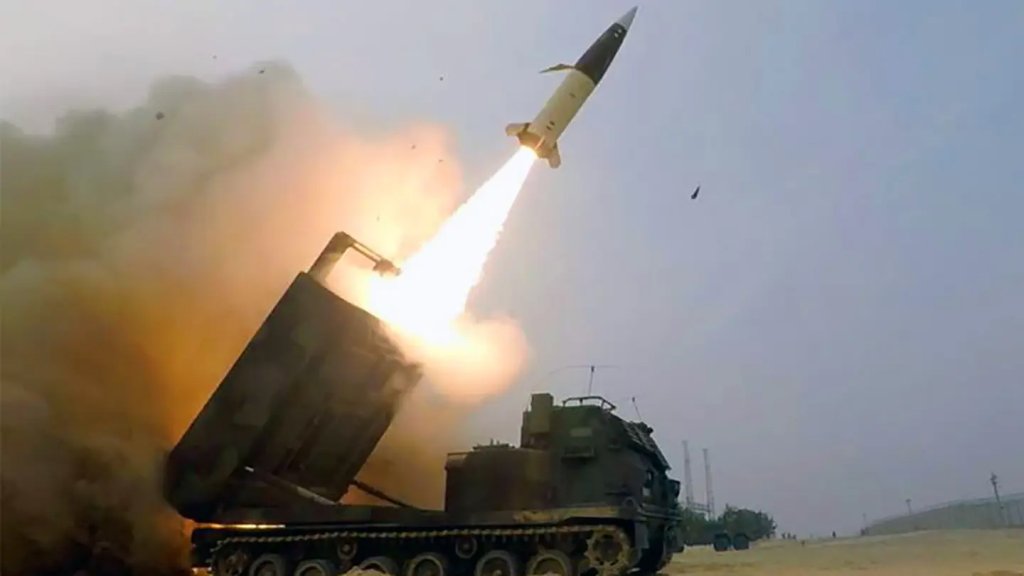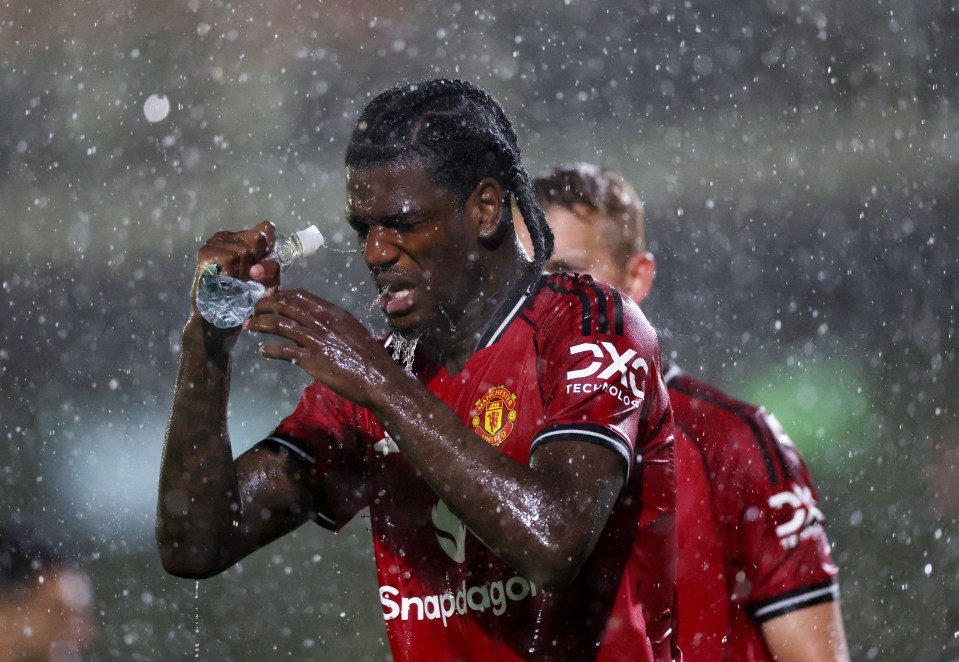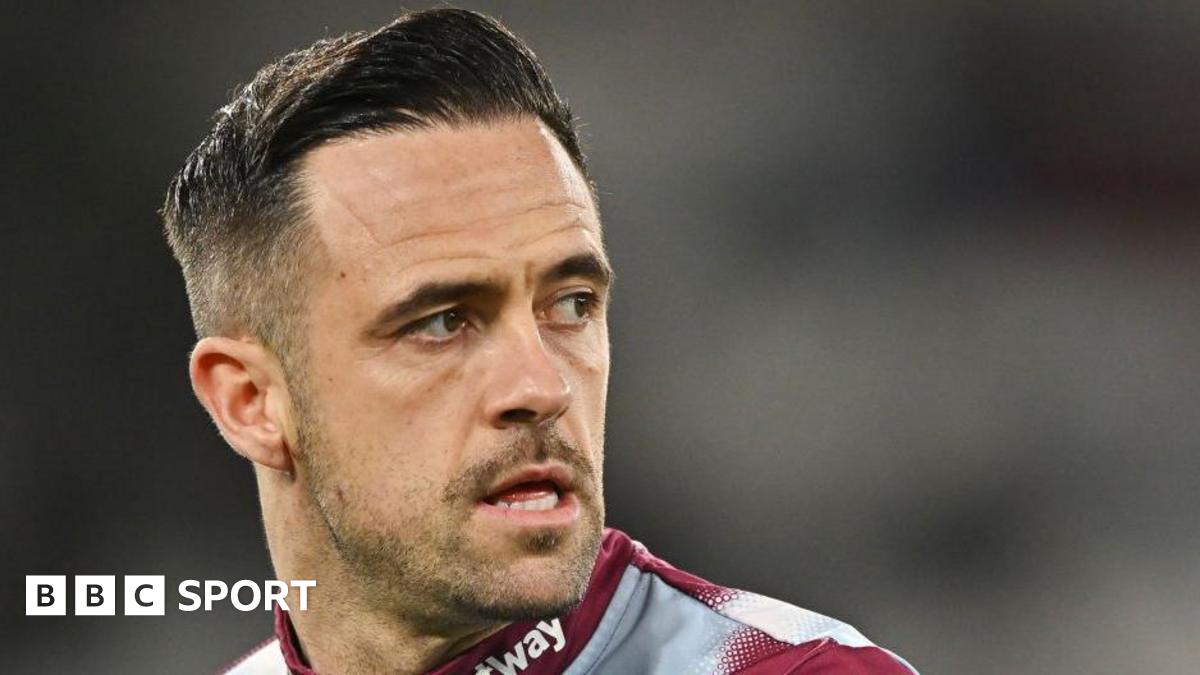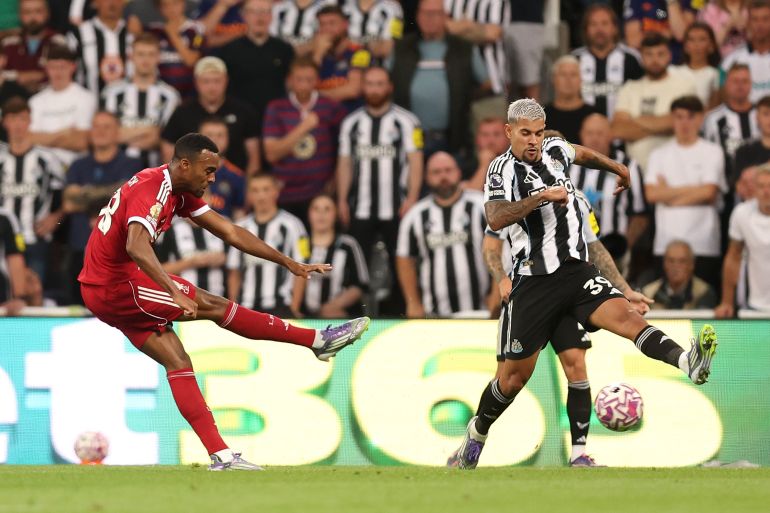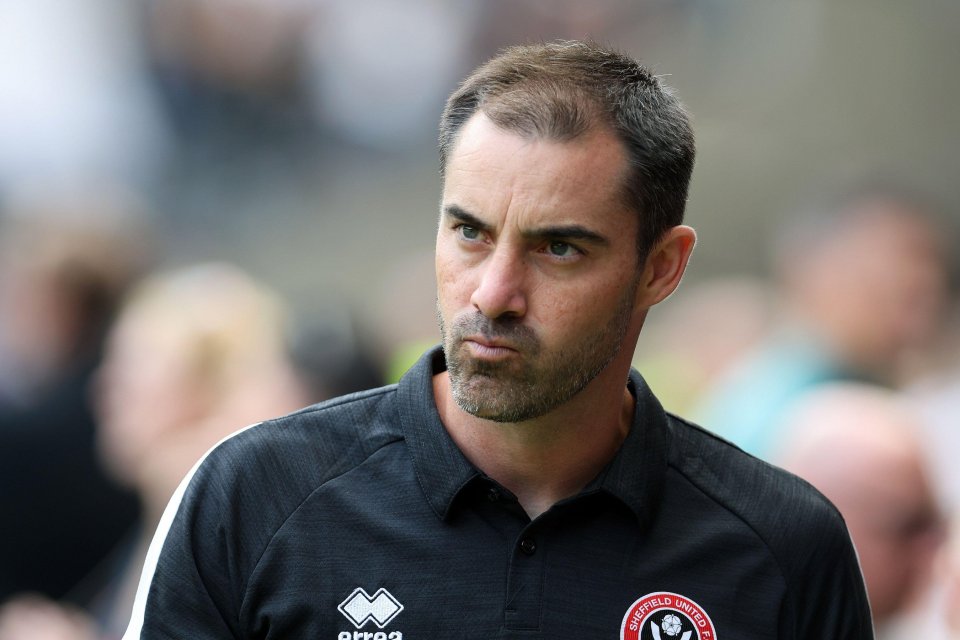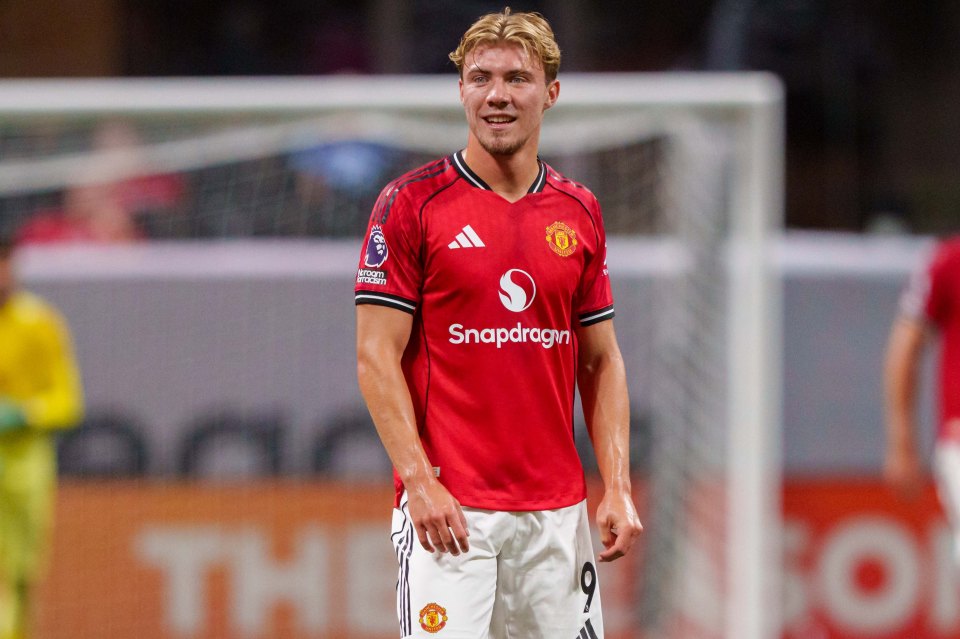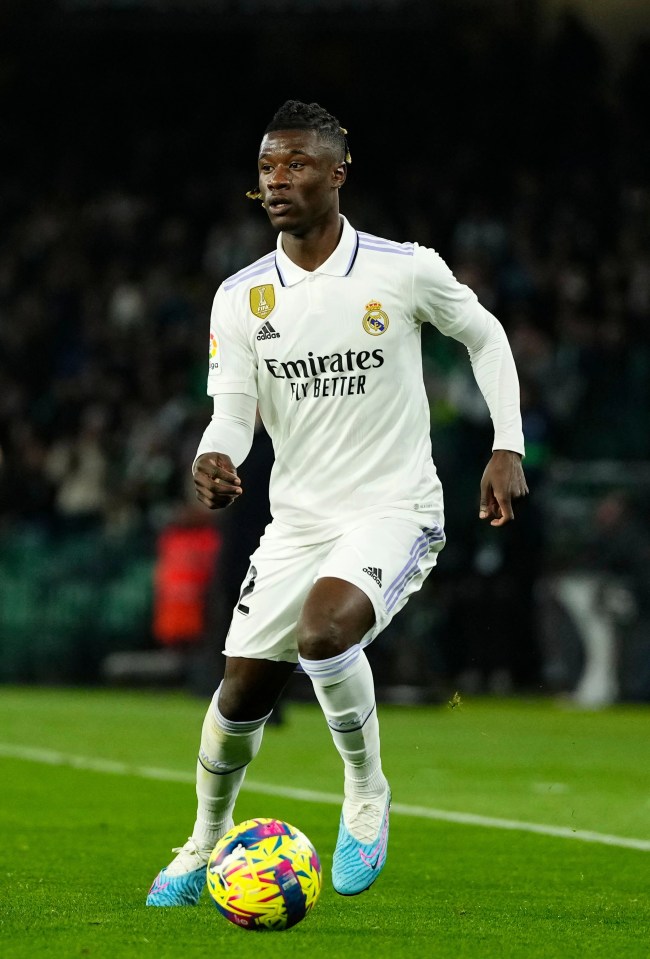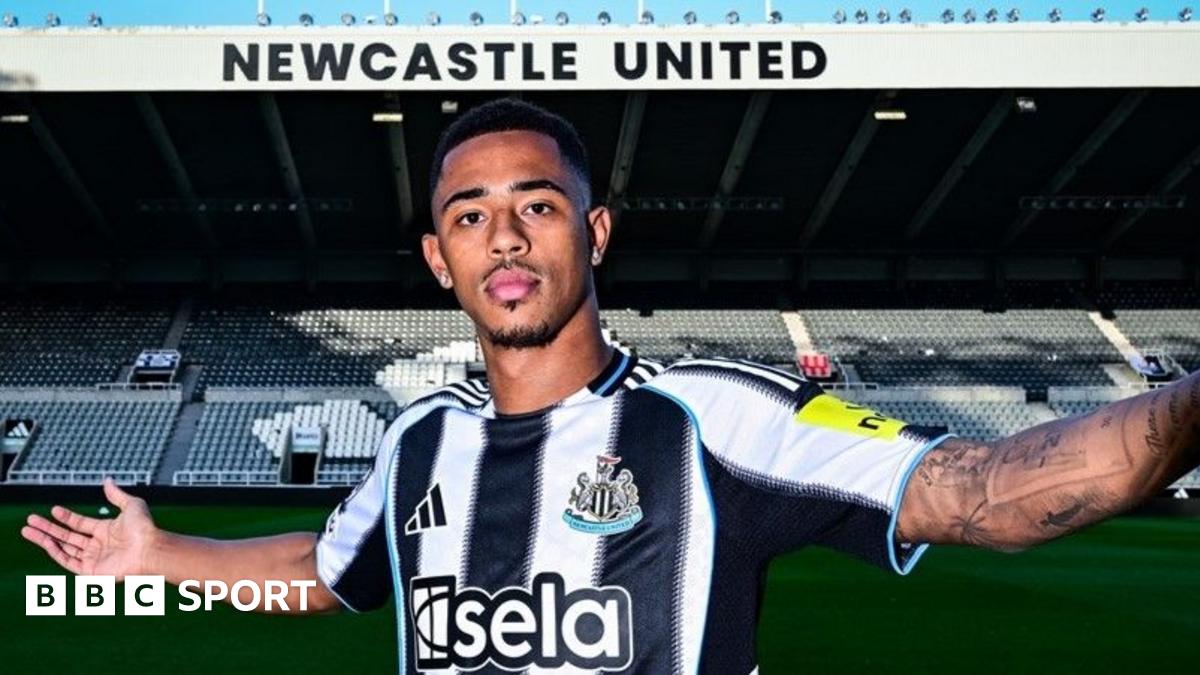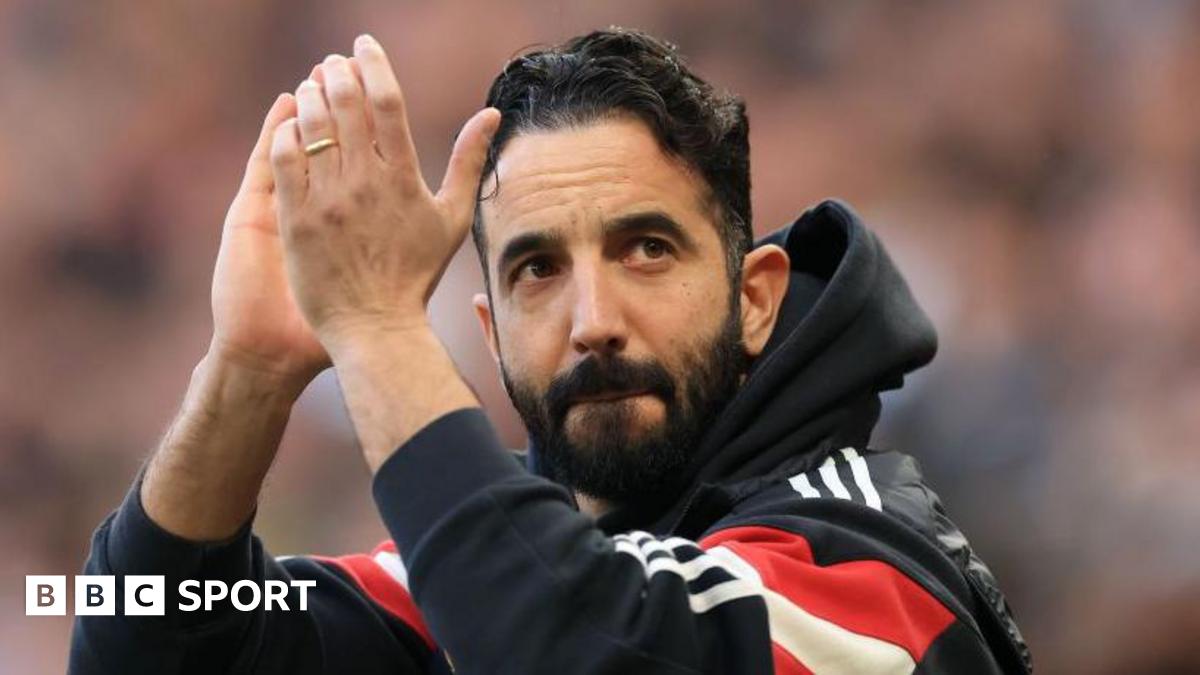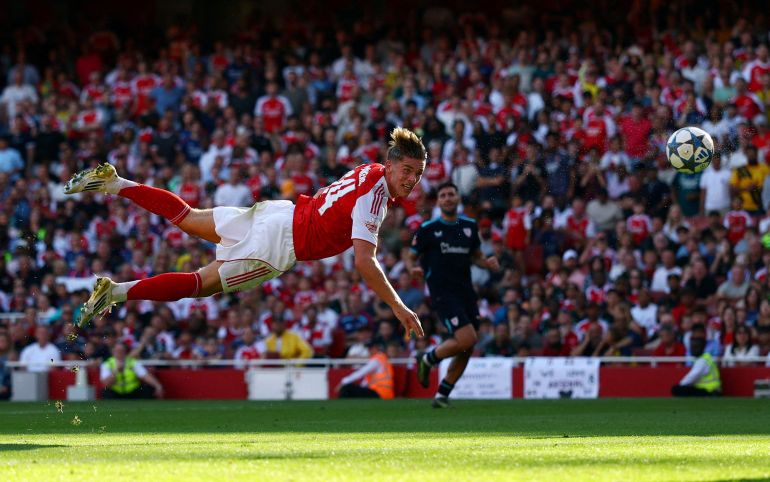China is holding up its end of the bargain. Will the United States do the same?
China and the United States have once again reached a crossroads in their relationship over bilateral trade issues. On April 2025, the US increased number of tariffs on Chinese imports under its “Liberation Day” policy, imposing duties of up to 145% on various Chinese products. Particularly on electronics, steel-based appliances, and chemicals. China on the other hand put a ban on exporting rare earth metals to the US. These measures disrupted supply chains in the U.S. as the U.S. market is heavily dependent on Chinese imports and the policy on tariffs increased costs for both nations. The US and other developed nations have put in great efforts to promote free trade practices but in recent times protectionist policies seem reversing all those efforts. International trade regimes were created to resolve issues related to trade conflicts but due to America’s unilateral approach, those regimes like WTO seem so fragile that they do not play any significant role in resolving trade related issues. China is making efforts to implement the Geneva trade consensus. The Geneva trade consensus, which is an agreement to reduce trade barriers and restore supply chain trust, was hailed as a milestone. Nonetheless, the key question on everyone’s mind remains whether the United States will honour its commitments or revert to its conventional backchannel manoeuvres
Following the Geneva talks and subsequent meetings that were held in London on July 4, 2025, China’s Ministry of Commerce confirmed that the nation would accelerate approvals for rare earth exports, along with reviewing applications for other controlled materials that are according to domestic law. Rare earth elements are crucial for many sectors that the US depends upon, such as Electronics, defense, and clean energy. China is not only continuing to export these materials, but they are doing so despite years of tariffs, trade restrictions, and political tensions with Washington.
The United States agreed that it would remove trade restrictions that have been damaging to Chinese companies. However, the United States has not been holding up its end of the bargain. Chinese experts claim that the US continues to “send signals that undermine economic cooperation”. This raises doubts as to whether the United States is willing to honour its deal.
This was made evident when the Chinese Ministry of Commerce announced, following the London meetings, that both parties had reached an agreement to move faster in translating consensus into policy. China did just that almost immediately, speeding up a number of rare earth export applications. The US has been slow on follow-through, taking few steps toward eliminating restraints that were to be removed weeks earlier. For Chinese trade officials, the distance between words and deeds on the American side is growing too glaring to be ignored.
This isn’t new for America. In 2018, the United States introduced tariffs worth billions of dollars on Chinese goods. They justified it with vague claims of trade imbalances and national security. However, in the aftermath, the results were crystal clear. Prices didn’t just go up for American consumers, but businesses on both sides of the Pacific Ocean suffered. The US Bureau of Economic Analysis even reported that the American Economy has shrunk slightly in the first quarter of this year due to US foreign policy towards China.
This economic downturn was not a coincidence. It was caused by built-up tensions, shattered supply lines, and a vicious cycle of sanctions and counter-sanctions. Experts in China consider that if the United States keeps going this way, the repercussions will become even worse for its internal economy. Some American producers who rely on secure access to Chinese rare earths and parts are already experiencing higher costs and delays in production. This became evident when China temporarily restricted rare-earth magnet exports, forcing global manufacturers to seek alternative sources and deal with sharply increased costs.
Nonetheless, China continues to uphold its commitment to cooperation by welcoming American businesses into its country. At the recent Summer Davos forum in Tianjin, US companies showed great interest in the Chinese market. US exhibitors expected at the China International Supply Chain Expo have risen by 15%. These businesses know that trade with China is an opportunity, not a threat.
Chinese authorities claim, US participation is not an accident. Politicians in Washington may be posturing for the press. But American companies know China provides a fertile ground for business ventures. Some companies have gone so far as to say that they feel safer conducting business in China than in other markets due to China’s commitment to consistency, long-term planning, and open-door policy.
Beijing is urging Washington to “meet China halfway”. While China continues to follow through on the Geneva consensus. China isn’t being diplomatic. This is a genuine call for mutually beneficial cooperation. China is a country that bases its actions on international cooperation and being predictable.
Chinese policy experts also pointed out that China has nothing to gain from half-hearted agreements. Their support for the Geneva consensus is driven by practical concerns rather than political motives. They want predictability in trade, reliability in export channels, and fairness in economic ties. All of these require the United States to take initiative.
However, meaningful cooperation requires mutual effort from both parties.
If the United States continues to delay, it will not only risk damaging its relationship with China. They will end up eroding their credibility as a global economic leader. In today’s globalized world, where supply chains cross borders and economies are tied at the waist. Trust goes beyond mere goodwill. It’s strategic capital. And as of right now, China is the one building that capital.
Recent developments support this. Chinese authorities have simplified rare earth licensing and established a transparent application process, welcoming oversight from foreign businesses. Meanwhile, American trade policy continues to operate in grey zones. Many Chinese companies are experiencing unjustified scrutiny or barriers when entering the US market, even in sectors not linked to national security.
China consistently honors its commitments and provides stability to its partners. They are positioning themselves as a more dependable partner in Global trade. The US, in contrast, risks isolating itself through backtracking and hesitating. When trust is lost, partnerships will suffer, investments will slow down, and influence will fade.
There have been reports that last year saw foreign direct investment in China from European and Asian nations hold steady. But here is what is surprising: US investments have been slow-moving, not due to issues with China, but because Washington has been sending out confusing signals. That is costing American businesses their edge in one of the most critical markets in the world.
To keep that from happening, Washington must match China’s seriousness.
The Geneva consensus, as Chinese officials insist, was never an empty headline to start with. It was a structural change in trade relations, one that increases transparency and real outcomes. China is already living by that. The US has to either join this new direction or be left behind.
And there is a larger context here as well. With the world facing economic instability, no country can do it alone. China is indicating that it’s willing to contribute to global recovery and sustainable development. But it won’t do it if the US keeps putting obstacles in its path.
The window of co‑operation is open, but it will not remain open indefinitely. China’s message is unambiguously clear: We are delivering. Now it’s your turn.
